Home>Storage Ideas>Kitchen Storage>How An Expert Interior Designer Plans A Kitchen: My Top Tips
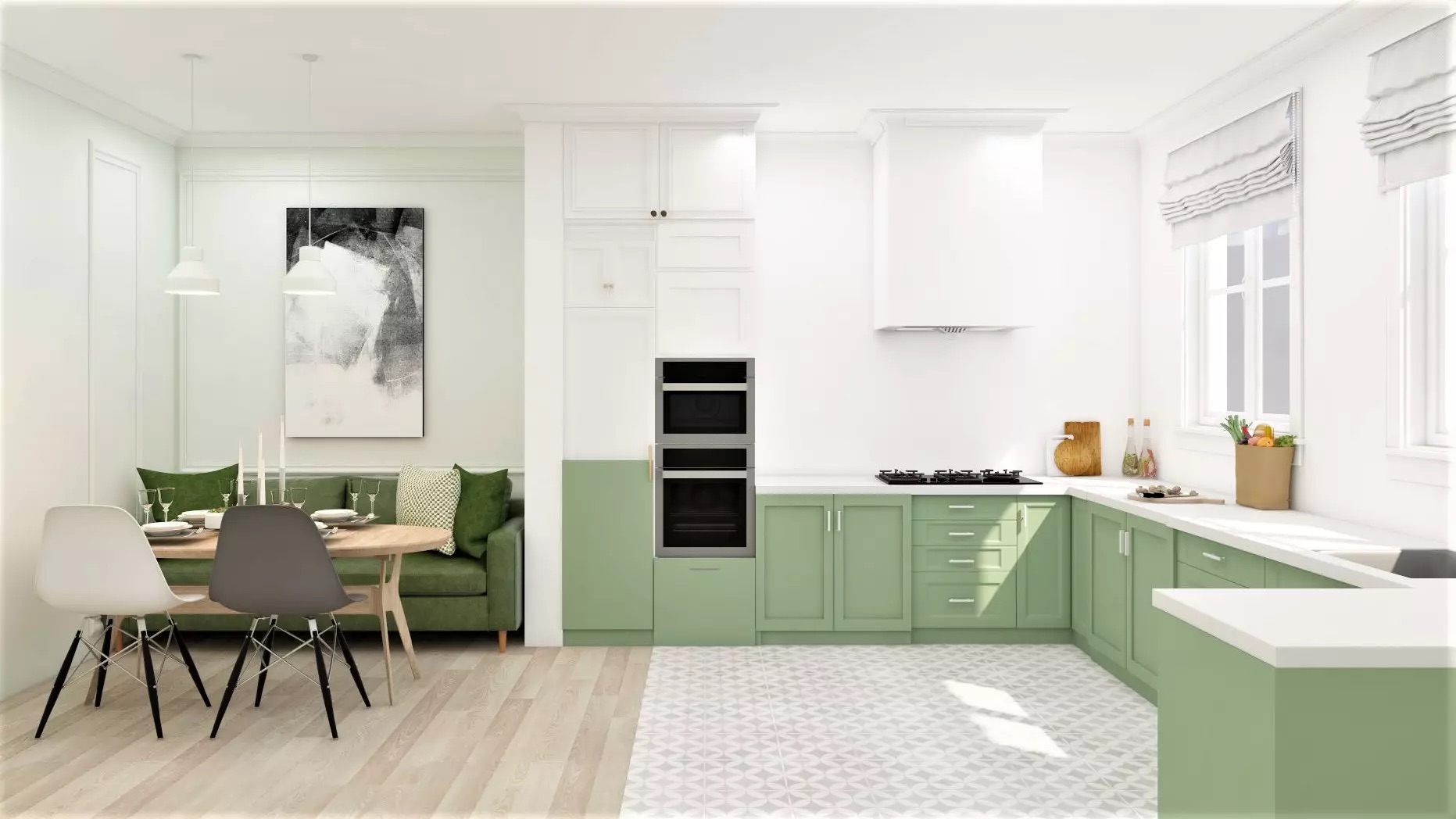

Kitchen Storage
How An Expert Interior Designer Plans A Kitchen: My Top Tips
Modified: October 20, 2024
Discover the top kitchen storage ideas from an expert interior designer. Learn how to plan your kitchen efficiently and make the most of your space with these valuable tips.
(Many of the links in this article redirect to a specific reviewed product. Your purchase of these products through affiliate links helps to generate commission for Storables.com, at no extra cost. Learn more)
Introduction
Welcome to the world of kitchen design, where functionality and style merge seamlessly to create the heart of the home. As an expert interior designer specializing in kitchen design, I have had the privilege of transforming countless kitchens into beautiful and practical spaces. In this article, I will share my top tips for planning a kitchen that maximizes storage while maintaining a stylish aesthetic.
When it comes to kitchen storage, organization is key. From cookware and utensils to food storage containers and pantry staples, a well-designed kitchen should have ample storage solutions to keep everything within reach. By carefully assessing the needs and preferences of the client, an interior designer can create a customized kitchen space that not only meets practical storage requirements but also reflects the client’s personal style.
In this article, I will guide you through the process of planning a kitchen that optimizes storage space while incorporating elements of design and functionality. From determining the ideal kitchen layout to choosing the right materials, finishes, and lighting, every aspect of the design plays a crucial role in creating a kitchen that is both beautiful and functional.
So, whether you are renovating your existing kitchen or starting from scratch, get ready to dive into the world of kitchen storage ideas and discover how an expert interior designer plans a kitchen.
Key Takeaways:
- Transform kitchens into functional and stylish spaces by understanding client needs, optimizing storage, and incorporating personalized touches. Expert tips ensure a well-planned, beautiful, and practical kitchen design.
- Careful planning, high-quality materials, and ergonomic considerations create a kitchen that maximizes storage, functionality, and visual appeal. Personalized elements infuse the space with the homeowner’s unique personality.
Assessing the Client’s Needs and Preferences
Before diving into the planning and design process, it is essential for an interior designer to understand the client’s needs and preferences. Every homeowner has unique requirements when it comes to their kitchen, and a thorough assessment is crucial to ensure that the final design meets their expectations.
During the initial consultation, I take the time to listen to the client’s vision and discuss their lifestyle, cooking habits, and storage needs. Understanding how the kitchen will be used and what items need to be stored is crucial in determining the appropriate storage solutions.
For example, if the client enjoys baking, they may require ample space for bakeware, mixing bowls, and ingredients. On the other hand, a busy family with young children may benefit from a dedicated area for snacks, drinks, and lunch boxes. By tailoring the design to the client’s specific needs, we can create a functional kitchen that enhances their daily routines and makes cooking and meal preparation a breeze.
It is also important to consider the client’s aesthetic preferences. Some may prefer a traditional kitchen with classic cabinets and ornate details, while others may opt for a sleek and modern design. These preferences will influence the overall style, color palette, and materials used in the kitchen.
During this assessment phase, I also take into account the available space and architectural constraints. This includes evaluating the dimensions of the kitchen, the location of windows and doors, and any structural elements that may impact the design. By considering these factors, I can ensure that the storage solutions are practical and functional within the given space.
Assessing the client’s needs and preferences is the crucial first step in planning a kitchen that maximizes storage and reflects their personal style. It sets the foundation for the entire design process and allows me to create a space that is not only beautiful but also tailored to their unique requirements.
Determining the Kitchen Layout
Once the client’s needs and preferences have been assessed, the next step in planning a well-organized kitchen is determining the layout. The layout of the kitchen plays a crucial role in optimizing storage space and ensuring efficient workflow.
There are several popular kitchen layouts to choose from, including the L-shaped, U-shaped, and galley layouts. Each layout has its own advantages and considerations, depending on the size and shape of the kitchen space.
The L-shaped layout is a common choice for smaller kitchens or open-concept spaces. It features two adjacent walls of cabinets, creating a cozy and efficient workspace. This layout provides plenty of storage options and allows for a natural flow between the cooking, prepping, and cleaning areas.
The U-shaped layout is ideal for larger kitchens with ample space. It consists of cabinets and countertops along three walls, forming a U shape. This layout provides maximum storage capacity and allows for a wide range of design possibilities. It also offers multiple workstations, making it ideal for homes with multiple cooks or those who love to entertain.
The galley layout, also known as a corridor kitchen, features cabinets and appliances along two parallel walls, creating a streamlined and efficient workspace. This layout is perfect for smaller kitchens or those with limited space, as it maximizes functionality without sacrificing style.
When determining the kitchen layout, it is important to consider the work triangle concept. The work triangle refers to the placement of the three main work areas in the kitchen: the refrigerator, the sink, and the stove. These three areas should be positioned in a way that allows for easy movement and efficient workflow. The ideal distance between each element of the work triangle is typically between 4 and 9 feet.
In addition to the work triangle, it is also important to consider other factors such as the placement of windows for natural light, the location of electrical outlets, and the consideration of any architectural features or structural elements.
By carefully considering the kitchen layout and incorporating the work triangle concept, an interior designer can create a space that not only maximizes storage but also enhances functionality and workflow. The layout sets the foundation for the rest of the design process and ensures that every inch of the kitchen is utilized effectively.
Selecting the Right Materials and Finishes
When it comes to designing a kitchen that is not only functional but also visually appealing, selecting the right materials and finishes is crucial. The choice of materials and finishes can greatly impact the overall look and feel of the space, as well as its durability and maintenance requirements.
One of the first considerations when selecting materials is the cabinetry. Cabinets play a major role in both storage and aesthetics, so it’s important to choose high-quality materials that will withstand daily wear and tear. Solid wood, plywood, and medium-density fiberboard (MDF) are popular choices for cabinet construction. Each has its own advantages and price points, so it’s important to discuss options with the client to find the best fit for their budget and style preferences.
In terms of finishes for cabinets, there are a myriad of options available. From natural wood stains to painted finishes and laminates, the choice of finish can greatly impact the overall look of the kitchen. Matte finishes offer a sleek and modern aesthetic, while glossy finishes can add a touch of elegance. It’s important to consider factors such as durability, ease of maintenance, and resistance to moisture and stains when selecting the appropriate finish.
Countertops are another key element in the kitchen design. They not only provide a durable and functional workspace but also contribute to the overall style and aesthetic. Popular countertop materials include granite, quartz, marble, and laminate. Each option has its own unique characteristics in terms of durability, maintenance, and cost. It’s important to consider factors such as stain resistance, heat resistance, and ease of maintenance when choosing the right material for the countertop.
In addition to cabinetry and countertops, other materials and finishes to consider include flooring, backsplash, and hardware. Flooring options range from hardwood to ceramic tile to luxury vinyl. The choice of flooring should not only complement the overall design of the kitchen but also be durable and easy to clean. Similarly, backsplash materials such as ceramic tile, glass, or natural stone can add a pop of color and texture to the space. Lastly, hardware such as cabinet handles and knobs should be chosen to both complement the design and provide ease of use.
When selecting materials and finishes, it’s important to not only consider the visual appeal but also the practicality and durability of each element. By choosing high-quality materials and finishes that align with the client’s preferences and lifestyle, an interior designer can create a kitchen that not only looks beautiful but also stands the test of time.
Choosing Appropriate Lighting
Lighting is a crucial aspect of kitchen design as it not only enhances visibility but also sets the mood and ambience of the space. When it comes to selecting appropriate lighting for a kitchen, there are several considerations to keep in mind.
One of the key factors to consider is the functionality of the lighting. The kitchen is a multi-functional space that requires different types of lighting for various tasks. Task lighting is important for areas where food preparation, cooking, and cleaning take place. This can be achieved through the use of under-cabinet lighting, pendant lights above the kitchen island or sink, and recessed lighting above work surfaces.
In addition to task lighting, ambient or general lighting is important to provide overall illumination to the kitchen. This can be achieved through ceiling-mounted fixtures such as chandeliers, track lighting, or flush-mounted fixtures. The aim is to evenly distribute light throughout the space, ensuring that no areas are left in shadow.
Another consideration when choosing appropriate lighting is the color temperature of the bulbs. Warm white or soft white bulbs (around 2700-3000K) can create a cozy and inviting atmosphere, while cool white bulbs (around 4000-5000K) can provide a brighter and more energizing light. It’s important to strike a balance between functionality and aesthetics by selecting bulbs that suit the overall design of the kitchen while providing sufficient visibility.
Furthermore, lighting fixtures themselves play a significant role in the overall look and style of the kitchen. There are a variety of options available, from sleek and modern pendant lights to more traditional chandeliers. The choice of fixtures should complement the overall design aesthetic, whether it’s contemporary, rustic, or traditional.
Lastly, it’s important to consider energy efficiency when selecting lighting for the kitchen. LED bulbs, for example, are highly energy-efficient and have a longer lifespan compared to traditional incandescent or fluorescent bulbs. By opting for energy-efficient lighting, homeowners can reduce their energy consumption and contribute to a more sustainable kitchen design.
Choosing appropriate lighting for the kitchen involves considering the functionality, color temperature, style, and energy efficiency of the lighting fixtures and bulbs. By carefully selecting the right lighting elements, an interior designer can create a well-lit kitchen that enhances visibility, sets the desired mood, and complements the overall design aesthetic.
When planning a kitchen, consider the work triangle – the distance between the stove, sink, and refrigerator. A well-designed work triangle can improve efficiency and flow in the kitchen.
Incorporating Functional Storage Solutions
A well-designed kitchen should prioritize storage and organization to make cooking and meal preparation a breeze. Incorporating functional storage solutions is essential to keep the kitchen clutter-free and maximize the use of available space. Here are some key storage ideas to consider:
1. Utilize Cabinet Space: Cabinets are a staple in every kitchen, and optimizing their storage capacity is essential. This can be achieved by incorporating features such as pull-out shelves, deep drawers, and vertical dividers to efficiently store pots, pans, dishes, and food containers. Installing adjustable shelving allows for flexibility and customization based on the items being stored.
2. Drawer Dividers: To maximize drawer space and keep utensils and cutlery organized, consider using drawer dividers. These dividers can keep items neatly separated and easily accessible, making meal preparation more efficient.
3. Pantry Organization: If you have a pantry, invest in shelving units, baskets, and clear containers to keep ingredients and pantry staples organized. Group similar items together and label containers to easily locate items and reduce food waste.
4. Vertical Storage: Take advantage of vertical space by installing overhead racks or hooks to hang pots, pans, and cooking utensils. This not only frees up valuable cabinet space but also adds a decorative element to the kitchen.
5. Pull-Out Trash and Recycling Bins: Incorporating pull-out trash and recycling bins in the design eliminates the need for unsightly bins on the kitchen floor. These hidden bins keep the kitchen neat and organized while promoting sustainability.
6. Corner Solutions: Corners can be challenging to utilize effectively, but there are solutions available. Lazy Susans, corner pantry pull-outs, and carousels can make accessing items stored in corners much easier.
7. Open Shelving: Open shelves can create a modern and airy look in the kitchen while providing a convenient storage solution. They can be used to display decorative items or frequently used items for quick access.
8. Pull-Out Spice Racks: Keep spices organized and easily accessible by installing pull-out spice racks within cabinets. This eliminates the need to rummage through a cluttered spice cabinet and helps maximize storage space.
Remember, the key to functional storage is personalized organization based on the specific needs and cooking habits of the homeowner. By incorporating these storage solutions into the kitchen design, an interior designer can create a space that not only looks beautiful but also allows for efficient meal preparation and easy access to all essential items.
Considering Ergonomics in the Design
When planning a kitchen, it is essential to prioritize ergonomics to create a space that is comfortable, efficient, and safe to use. Ergonomics refers to the study of how people interact with their environment, and incorporating ergonomic principles into the kitchen design can greatly enhance the overall functionality of the space. Here are key considerations for designing an ergonomic kitchen:
1. Work Triangle: The work triangle concept, as mentioned earlier, involves positioning the refrigerator, sink, and stove in a way that allows for easy movement and efficient workflow. The distance between these elements should be optimized to minimize unnecessary steps and reduce strain on the body during meal preparation.
2. Counter Heights: Designing countertops at appropriate heights can prevent discomfort and strain. The standard countertop height is about 36 inches, but it can be adjusted based on the height and preferences of the homeowner. Additionally, incorporating different counter heights, such as a lower section for baking or a raised section for standing tasks, can accommodate a variety of activities and provide ergonomic benefits.
3. Cabinet and Drawer Heights: Consider the height and accessibility of cabinets and drawers to ensure ease of use. Lower cabinets can be designed with pull-out shelves or drawers to prevent excessive bending or stretching, while upper cabinets can be fitted with assistive devices such as hydraulic lifts to make retrieval of items more convenient.
4. Appliance Placement: Strategically place appliances, such as the oven, microwave, and dishwasher, at convenient heights to avoid excessive bending or reaching. Built-in appliances can be installed at a height that eliminates the need to stoop or strain when using them.
5. Flooring: Choose flooring materials that are comfortable to stand on for extended periods. Cushioned flooring or anti-fatigue mats can reduce fatigue and provide support to the feet and legs, particularly in areas where prolonged standing is common, such as near the sink or stove.
6. Lighting: Proper lighting is crucial for maintaining good visibility and preventing eye strain. Ensure that the kitchen is well-lit by incorporating a combination of natural light, ambient lighting, and task lighting. Avoid placing lighting fixtures directly above work areas to prevent shadows and ensure clear visibility while working.
7. Clear Pathways: Allow for clear pathways between different areas of the kitchen to ensure easy movement and avoid potential accidents. Avoid placing obstacles or unnecessary furniture in these areas to create a safe and efficient flow within the kitchen.
By considering ergonomic principles during the design process, an interior designer can create a kitchen that promotes comfort, efficiency, and safety. A well-designed ergonomic kitchen reduces strain on the body, enhances productivity, and ensures a pleasant cooking experience for the homeowners.
Incorporating Stylish and Functional Appliances
When designing a kitchen, selecting the right appliances is crucial to achieving both style and functionality. Appliances are not only essential for everyday cooking and meal preparation but can also serve as statement pieces that enhance the overall aesthetic of the space. Here are key considerations for incorporating stylish and functional appliances into the kitchen design:
1. Research and Select Quality Brands: Start by researching and selecting reputable appliance brands known for their quality and reliability. Choosing appliances from established brands ensures that they are built to last and perform optimally for years to come.
2. Consider the Kitchen Layout: When selecting appliances, consider the kitchen layout and the overall design. For example, a sleek built-in refrigerator can seamlessly blend with cabinet panels to create a cohesive and integrated look. Alternatively, a freestanding range or a French door refrigerator can become a stunning focal point in the kitchen.
3. Size and Proportion: Ensure that the size and proportion of the appliances are appropriate for the kitchen. Measure the available space and consider the needs of the homeowners when selecting appliance sizes. Oversized or undersized appliances can disrupt the visual balance of the kitchen and impact functionality.
4. Stainless Steel: Stainless steel appliances continue to be a popular choice due to their timeless appeal, durability, and ease of maintenance. They add a sleek and modern touch to the kitchen and can complement a variety of design styles. However, it is important to consider the upkeep required to keep stainless steel appliances looking their best.
5. Energy Efficiency: Consider energy-efficient appliances that not only reduce environmental impact but also save on energy costs in the long run. Look for appliances with the ENERGY STAR label, which indicates that they meet high standards of energy efficiency.
6. Appliance Features: Take advantage of the latest technological advancements in appliances to enhance functionality and convenience. From smart refrigerators with touchscreens and Wi-Fi connectivity to induction cooktops that offer precise temperature control, selecting appliances with modern features can elevate the overall kitchen experience.
7. Ventilation: Don’t overlook the importance of proper ventilation in the kitchen. Incorporate a range hood or ventilation system that effectively removes cooking odors, smoke, and grease, improving air quality and maintaining a fresh environment.
8. Appliance Integration: For a seamless and cohesive look, consider integrating appliances such as dishwashers and microwaves into cabinet designs. This creates a streamlined appearance and ensures that the appliances blend seamlessly with the rest of the kitchen cabinetry.
Incorporating stylish and functional appliances is not only about aesthetics but also about enhancing the overall efficiency and performance of the kitchen. By selecting appliances that align with the homeowners’ lifestyle, design preferences, and functional needs, an interior designer can create a kitchen that is both visually appealing and highly functional.
Adding Personal Touches and Decorative Elements
While functionality is a key aspect of kitchen design, it is equally important to incorporate personal touches and decorative elements to create a space that reflects the homeowner’s personality and style. By adding these special touches, the kitchen becomes a warm and inviting space that feels like a true extension of the homeowner’s lifestyle. Here are some ideas for adding personal touches and decorative elements in the kitchen:
1. Color Scheme: Choose a color scheme that aligns with the homeowner’s preferences and complements the overall design aesthetic. Consider incorporating pops of color through backsplash tiles, window treatments, or decorative accessories to add personality and visual interest to the space.
2. Artwork and Wall Decor: Hang artwork or decorative wall pieces that showcase the homeowner’s personal taste and interests. This could include paintings, prints, or even DIY creations. Decorative wall shelves can also be used to display personal collections or favorite kitchen items.
3. Display Items: Incorporate open shelving or glass-front cabinets to showcase treasured items such as heirloom kitchenware, vintage dishes, or beautiful glassware. These display areas not only add a personal touch but also serve as functional storage solutions.
4. Plants and Greenery: Introduce plants and greenery into the kitchen to liven up the space and bring a touch of nature indoors. Choose low-maintenance plants that thrive in kitchen environments such as herbs, succulents, or potted flowers.
5. Personalized Accessories: Incorporate personalized accessories such as monogrammed towels, custom-made cutting boards, or engraved utensils. These items add a unique touch and make the kitchen feel personalized and special.
6. Decorative Lighting: Consider adding decorative lighting fixtures such as chandeliers, pendant lights, or statement sconces to enhance the overall ambiance of the kitchen and add a touch of elegance or modernity, depending on the design style.
7. Window Treatments: Choose window treatments, such as curtains or blinds, that align with the homeowner’s style and provide both privacy and light control. Consider patterns, textures, or colors that enhance the overall design of the kitchen.
8. Personalized Artifacts or Collectibles: Display personal artifacts or collectibles that hold sentimental value, such as vintage kitchen tools, family recipes, or cherished cookbooks. These items tell a story and add a personal touch to the kitchen.
Remember, adding personal touches and decorative elements to the kitchen is about infusing the space with the homeowner’s personality and creating a warm and welcoming atmosphere. By incorporating these elements, an interior designer can transform an ordinary kitchen into a truly unique and personalized space.
Conclusion
Designing a kitchen that maximizes storage while maintaining a stylish aesthetic requires careful planning and attention to detail. As an expert interior designer, I have shared my top tips for creating a functional and visually appealing kitchen. By assessing the client’s needs and preferences, determining the kitchen layout, selecting the right materials and finishes, choosing appropriate lighting, incorporating functional storage solutions, considering ergonomics, incorporating stylish and functional appliances, and adding personal touches and decorative elements, a well-designed kitchen can be achieved.
The key to successful kitchen design lies in understanding the client’s lifestyle, preferences, and cooking habits. By incorporating storage solutions tailored to their specific needs, the kitchen becomes a functional and organized space. Choosing high-quality materials and finishes ensures durability and adds visual appeal to the design. Adequate lighting, both functional and ambient, creates a pleasant and well-lit environment that enhances visibility and sets the desired mood.
Ergonomic considerations, such as the work triangle concept and appropriate counter and cabinet heights, ensure comfort and efficiency in the kitchen. The incorporation of stylish and functional appliances not only adds convenience but also contributes to the overall design aesthetic. Personal touches and decorative elements, such as artwork, displays, and personalized accessories, infuse the kitchen with the homeowner’s personality and make it a space they can truly call their own.
In conclusion, a well-planned kitchen design that optimizes storage, incorporates stylish elements, and considers the homeowner’s needs and preferences can transform the kitchen into the heart of the home. It is a place where functionality and beauty merge, providing a space that not only meets the practical requirements of cooking and storage but also reflects the unique style and personality of the homeowner.
So, whether you are embarking on a kitchen renovation or starting from scratch, remember to take these expert tips into consideration to create a kitchen that is not only practical but also a delight to be in. Happy designing!
Frequently Asked Questions about How An Expert Interior Designer Plans A Kitchen: My Top Tips
Was this page helpful?
At Storables.com, we guarantee accurate and reliable information. Our content, validated by Expert Board Contributors, is crafted following stringent Editorial Policies. We're committed to providing you with well-researched, expert-backed insights for all your informational needs.
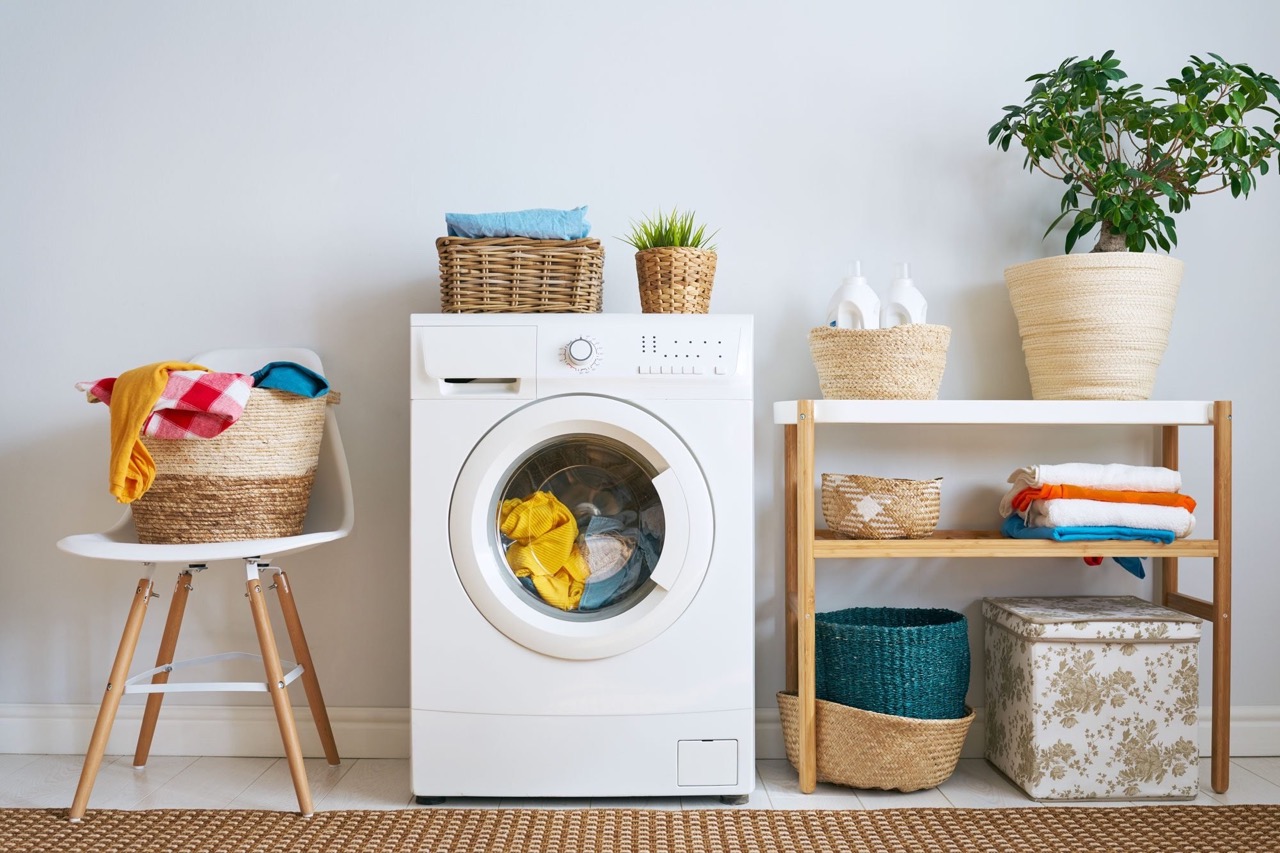
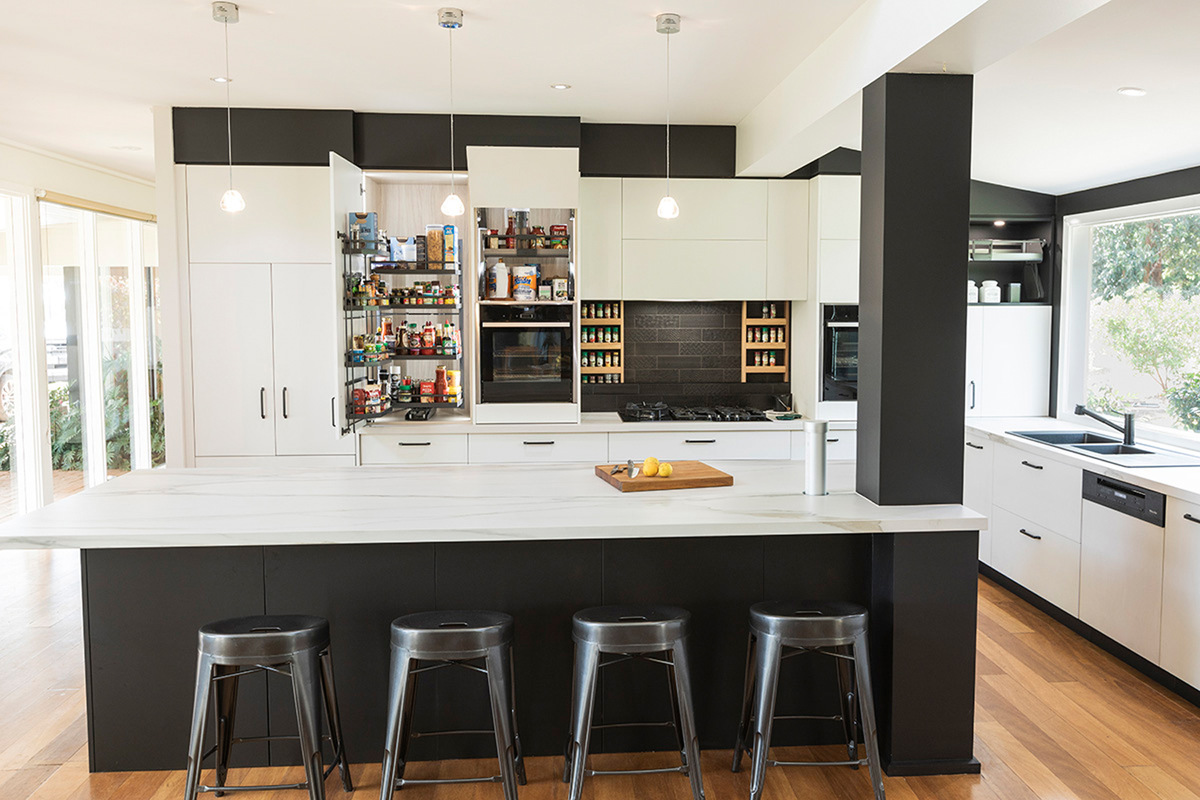
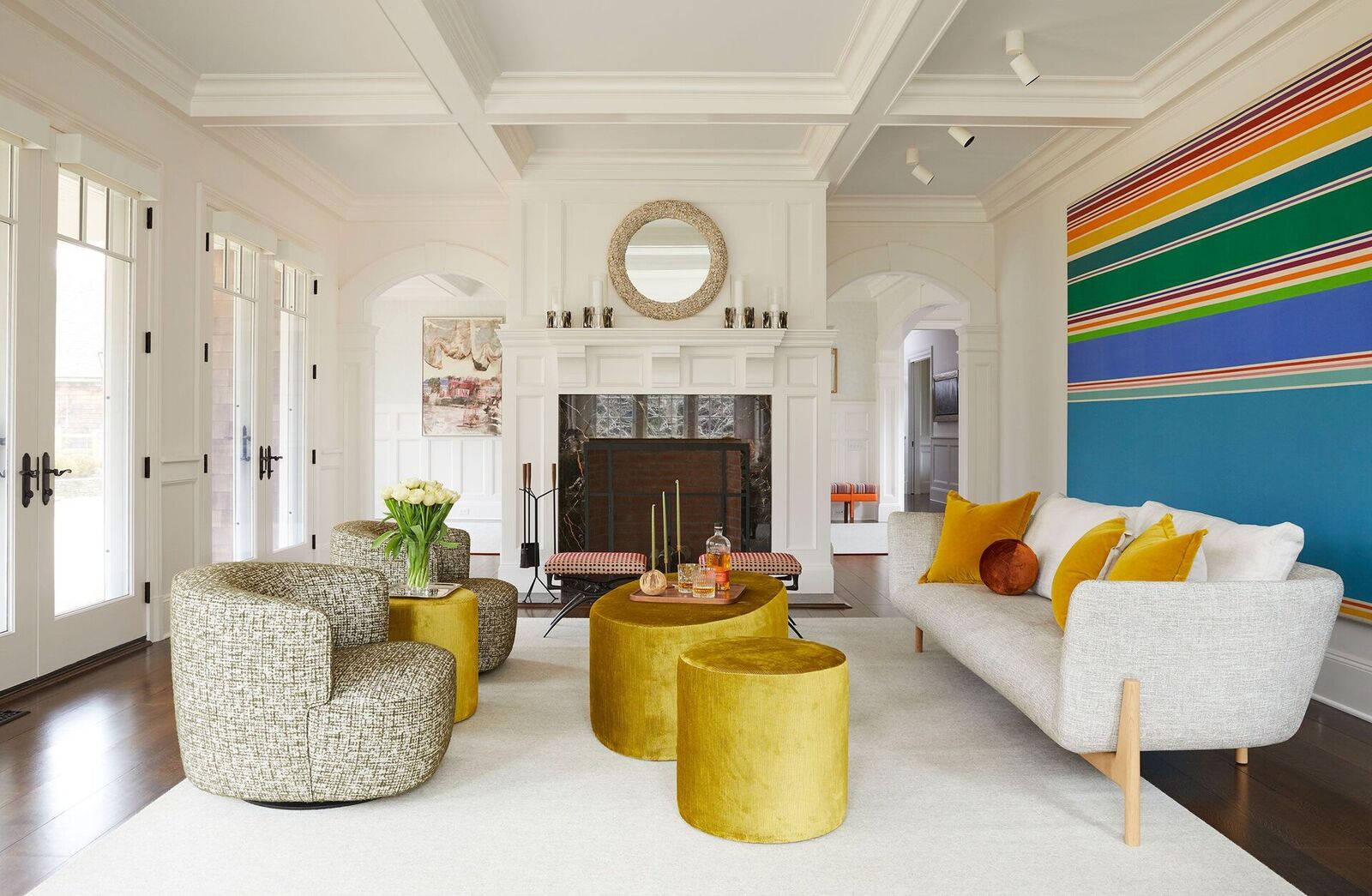
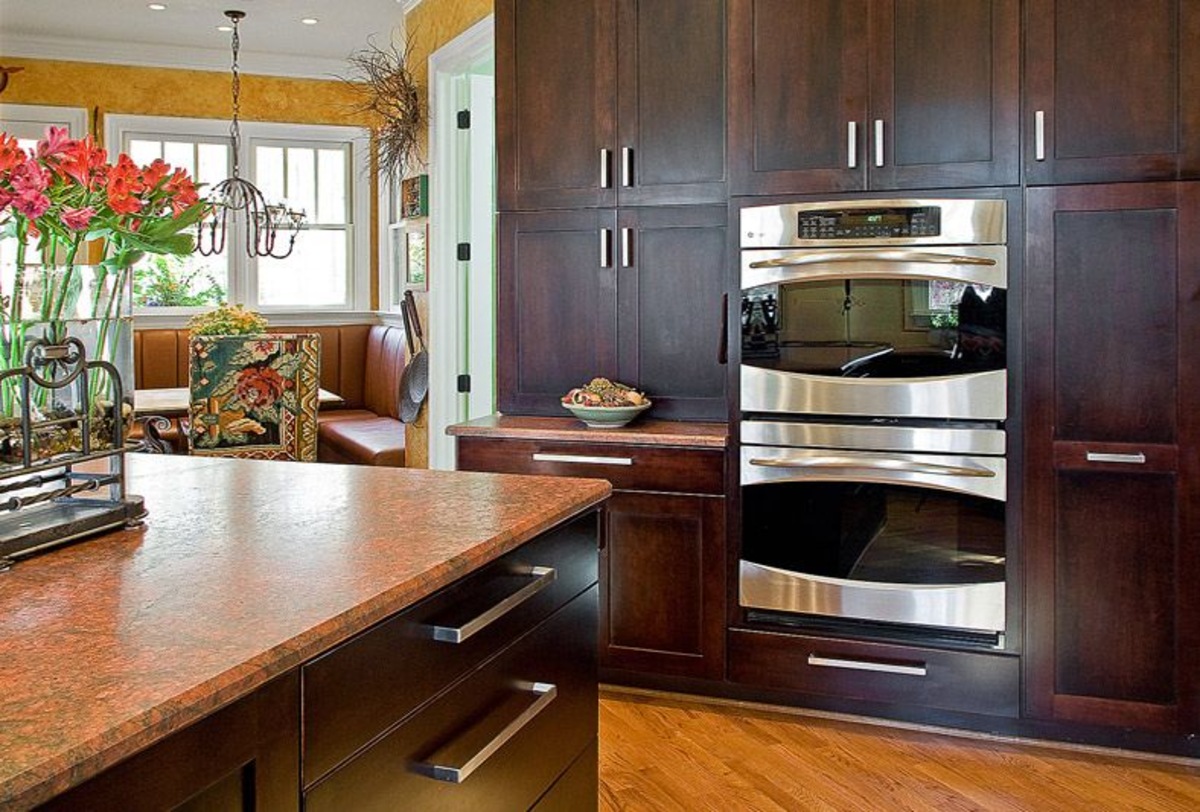
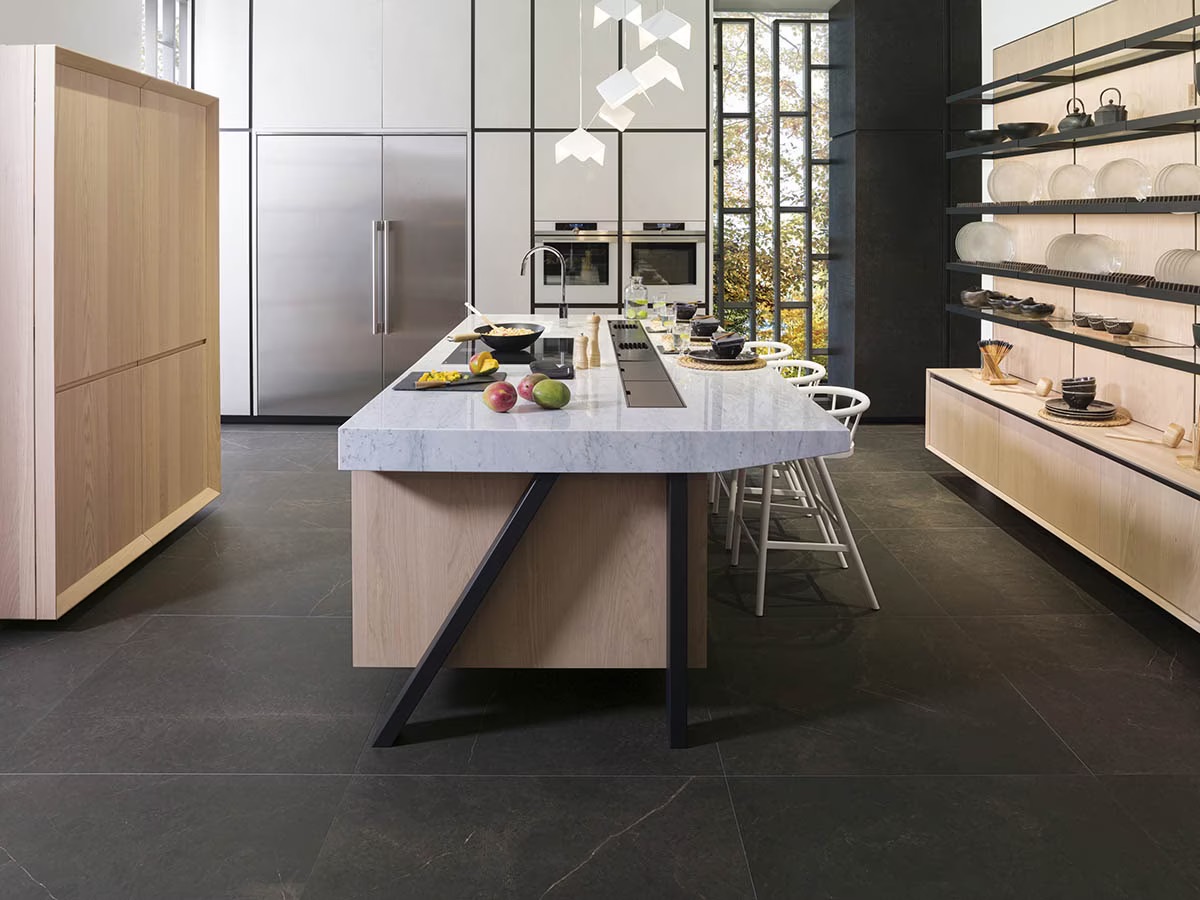
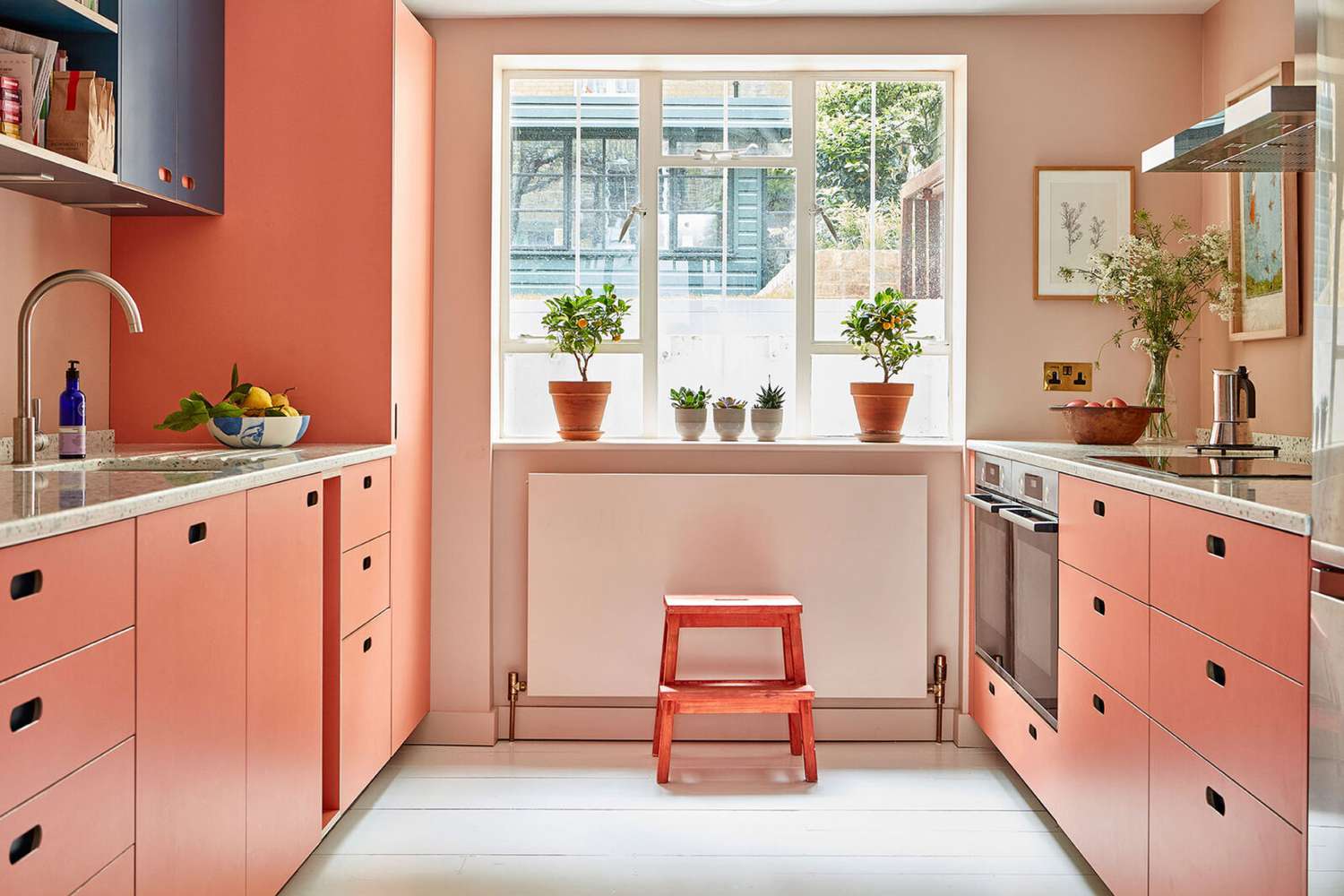
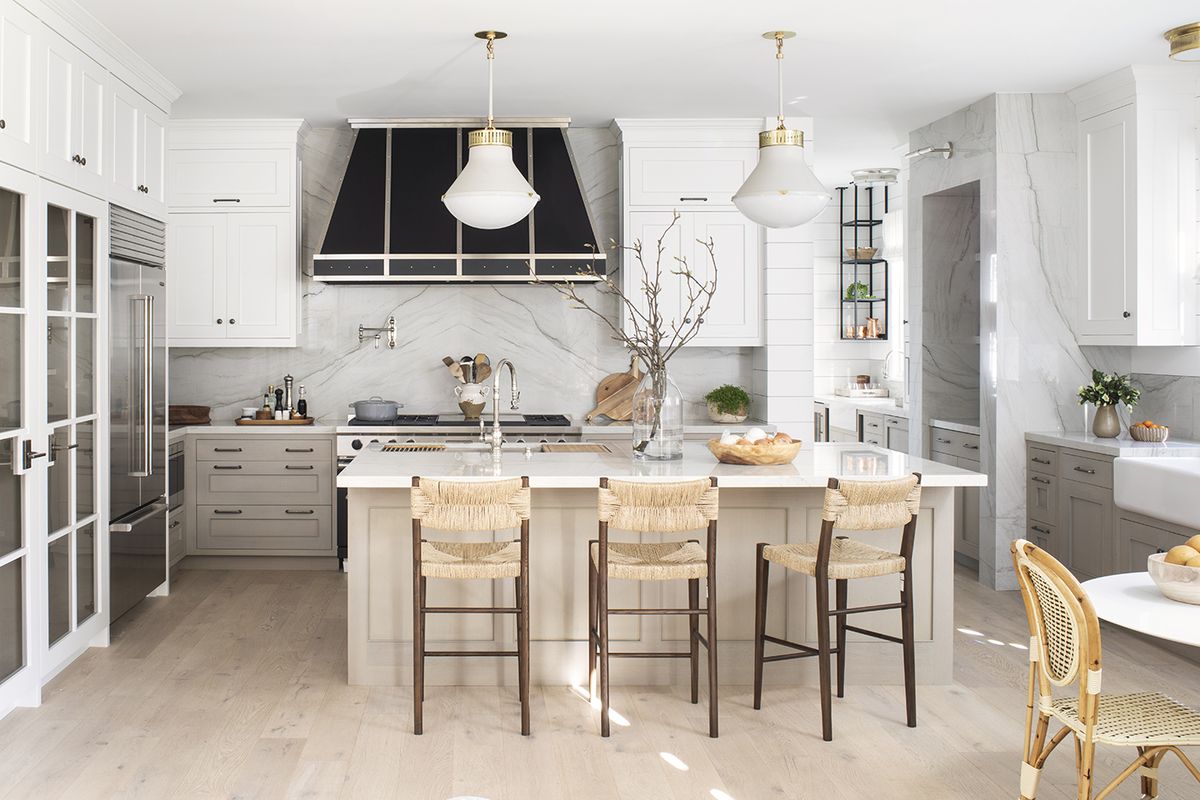
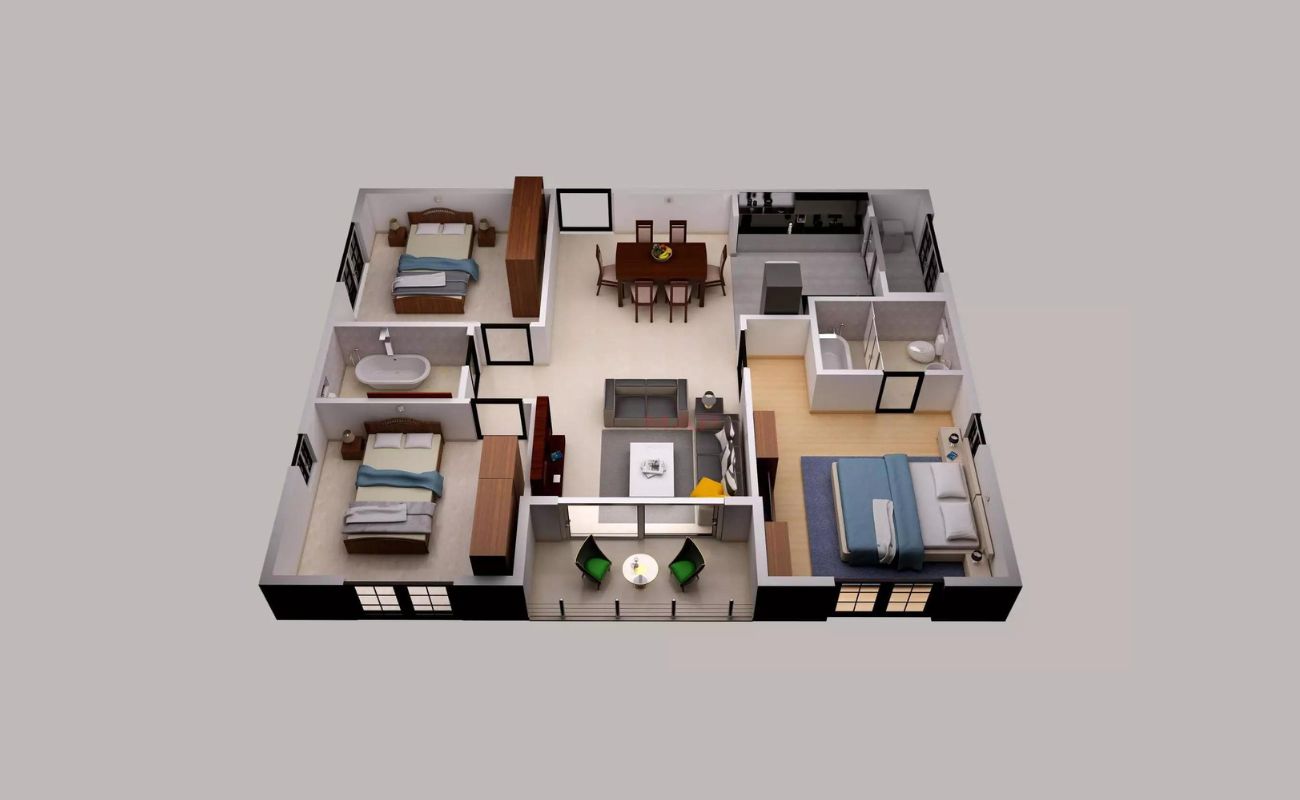
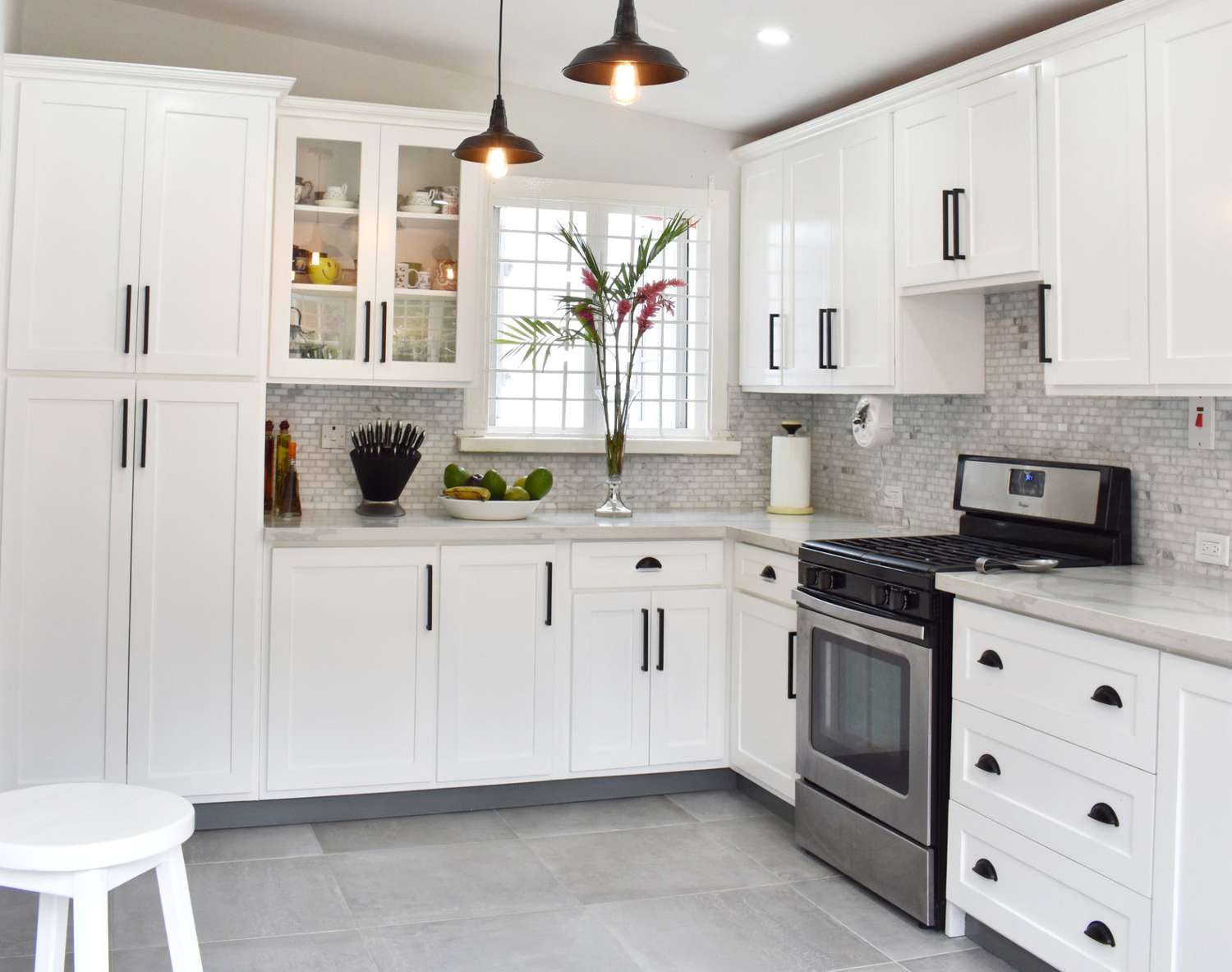
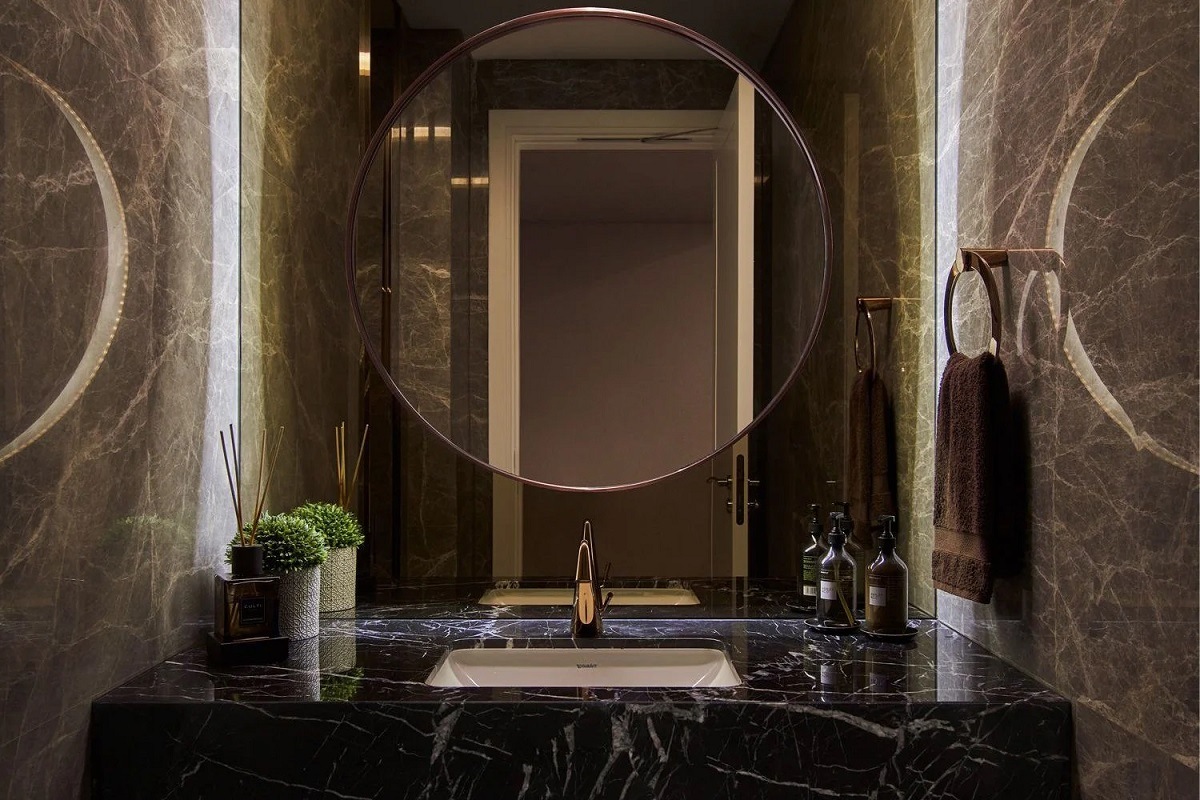
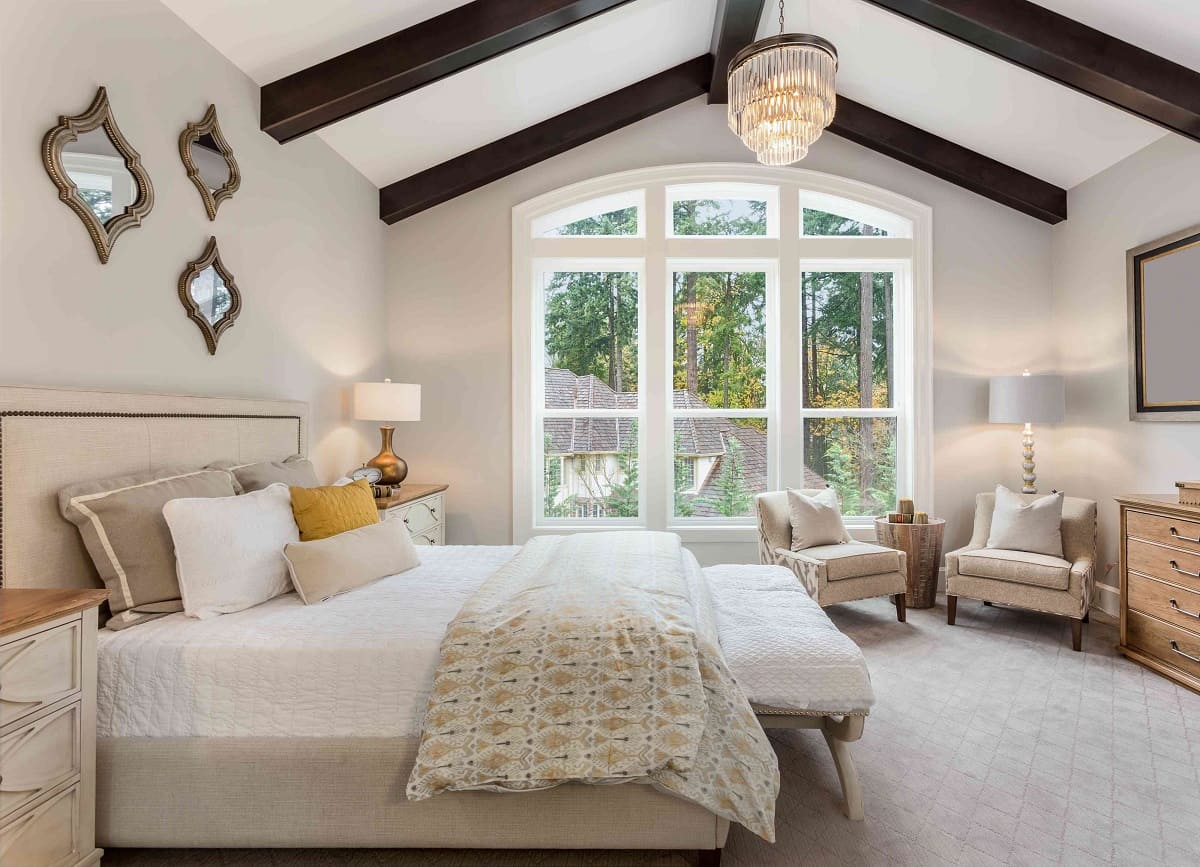
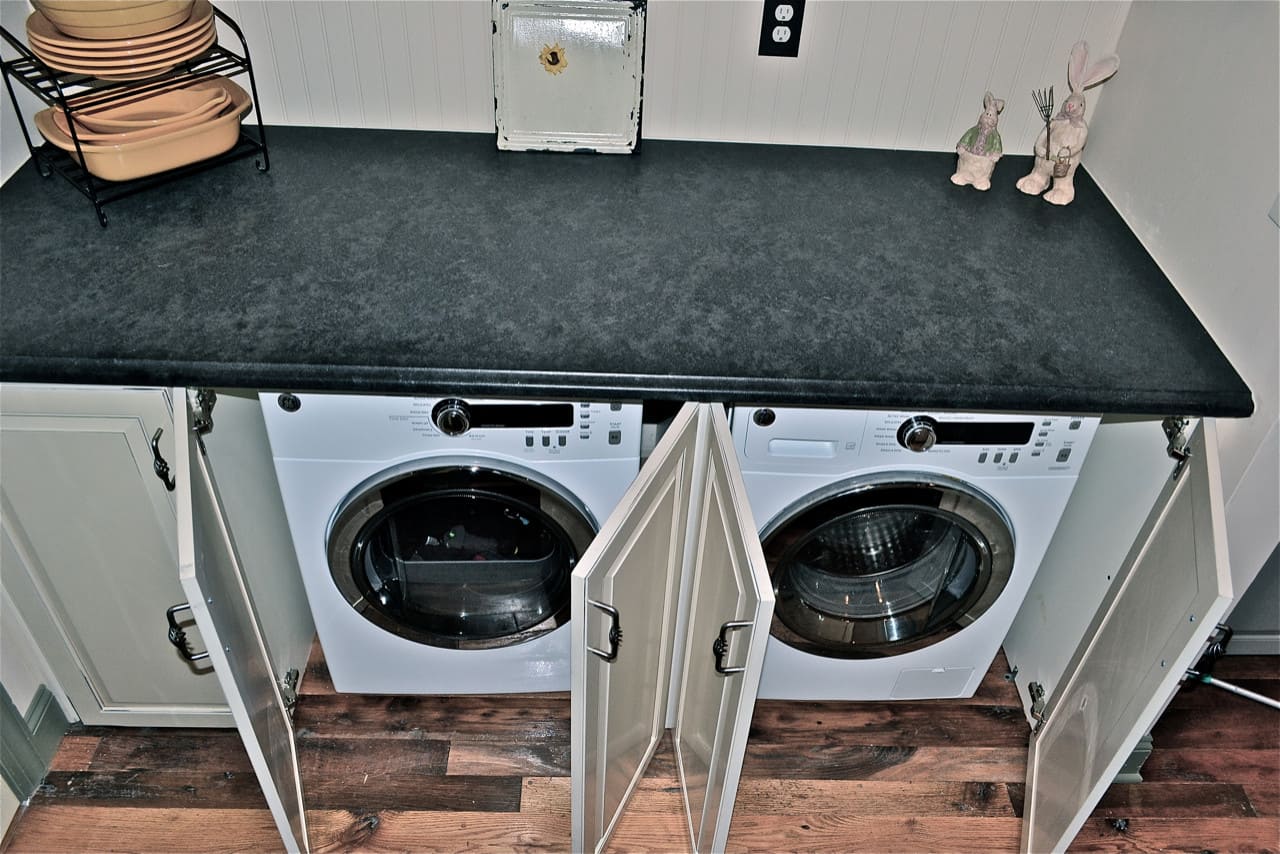
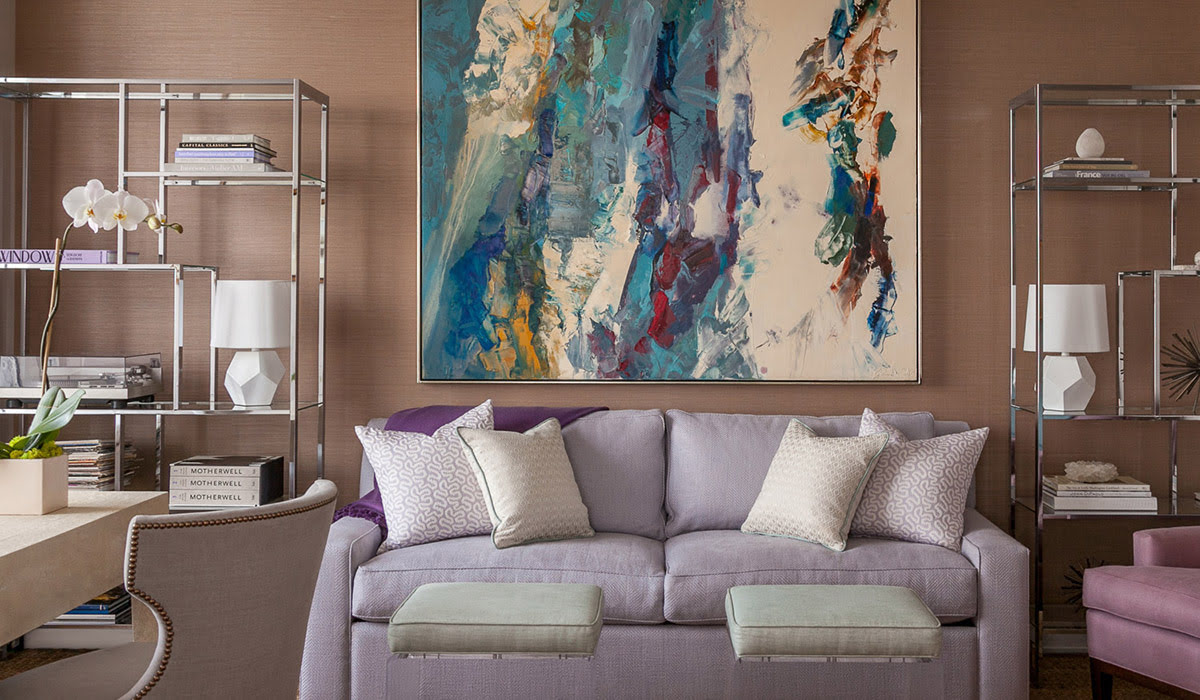

0 thoughts on “How An Expert Interior Designer Plans A Kitchen: My Top Tips”